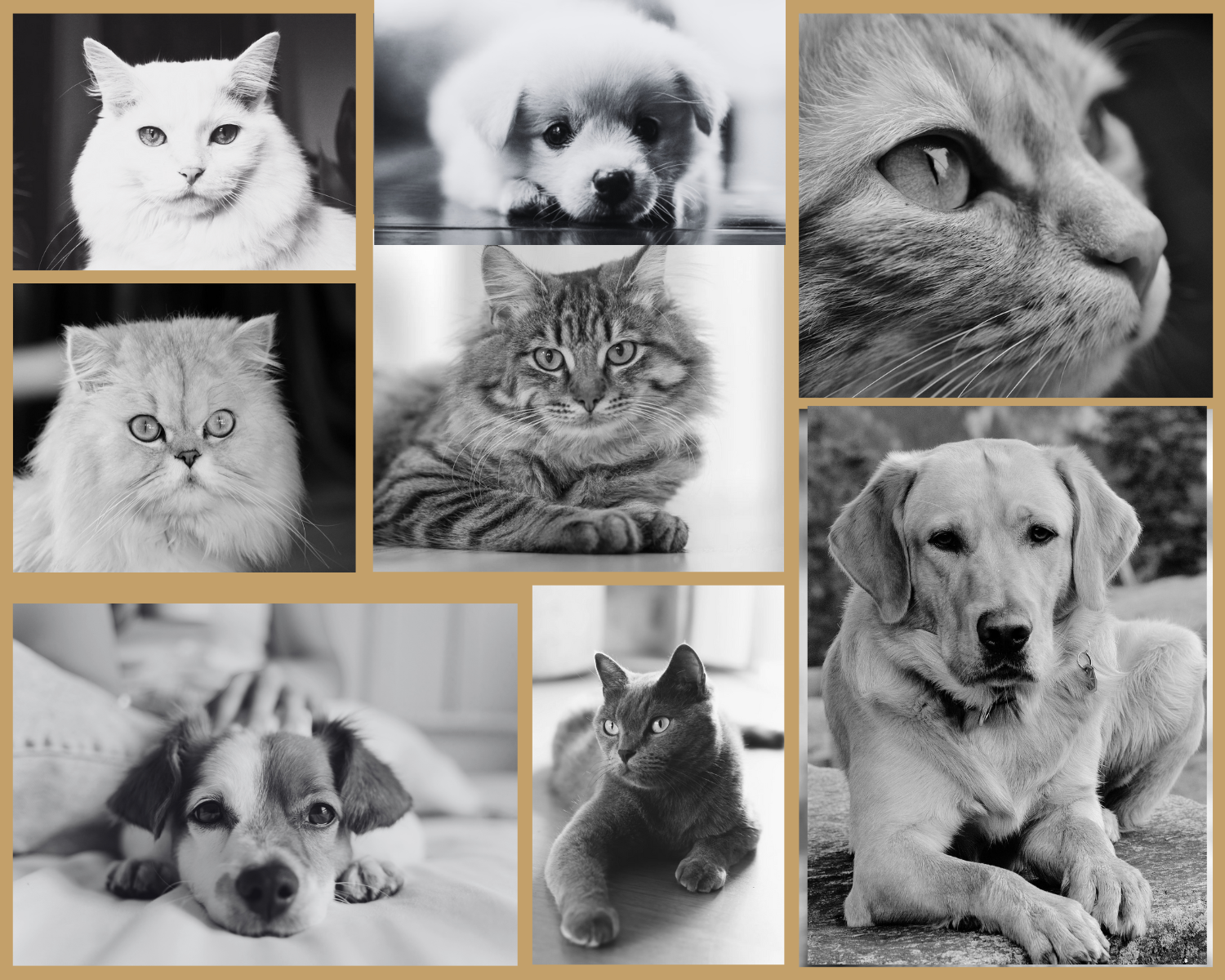Mental and Emotional Health Care for Pets for Dogs and Cats
Pets, just like humans, have mental and emotional needs that are essential for their overall well-being. Ensuring that your dog or cat’s mental health is taken care of can lead to a happier, more balanced pet, while neglecting their emotional needs can result in behavioral problems, anxiety, and even physical health issues. In this article, we’ll explore the importance of mental and emotional health care for pets, and how you can promote a positive environment for both dogs and cats.
1. Understanding Pet Anxiety
Anxiety is one of the most common mental health issues in pets. Whether it’s separation anxiety, fear of loud noises, or anxiety due to a lack of stimulation, it’s important to recognize the signs and address them promptly.
- For Dogs:
- Separation Anxiety: Dogs are social animals and may become distressed when left alone for extended periods. Signs include excessive barking, destructive behavior (like chewing furniture), and even house soiling. To alleviate separation anxiety, provide them with plenty of physical exercise before leaving, use puzzle toys to engage their minds, and consider crate training to create a safe, comforting environment.
- Noise Anxiety: Dogs may become fearful during storms, fireworks, or other loud noises. Calming aids, such as anxiety vests, calming music, or pheromone diffusers (like Adaptil), can help soothe a nervous dog. Training them to associate loud noises with positive experiences, like treats or play, can also reduce fear.
- For Cats:
- Separation Anxiety: Cats can also experience separation anxiety, especially if they’re used to constant companionship or have experienced a sudden change in their environment. Cats may display behaviors like excessive grooming, hiding, or destructive scratching. Gradually getting your cat used to being alone and providing them with hiding spaces and toys can help ease their anxiety.
- Fear of Loud Noises: Like dogs, many cats are afraid of loud noises such as thunder or fireworks. Creating a quiet, safe space for your cat during stressful events, as well as using calming pheromone diffusers (like Feliway), can help them feel more secure.
2. The Importance of Mental Stimulation
Mental stimulation is essential for both dogs and cats to prevent boredom, stress, and behavioral issues. A lack of mental engagement can lead to destructive behaviors like chewing, scratching, or excessive meowing and barking.
- For Dogs:
- Puzzle Toys: Interactive toys that require your dog to figure out how to release treats can keep their minds engaged and prevent boredom. Puzzle feeders and treat-dispensing toys are excellent for promoting mental stimulation.
- Training and Learning: Regular training sessions not only help improve your dog’s behavior but also provide mental exercise. Teach them new tricks, reinforce good behaviors, and make learning fun by using positive reinforcement techniques.
- Socialization: Introducing your dog to new environments, other dogs, and new people helps to keep them mentally stimulated. Regular walks in different areas and trips to the dog park are great ways to expose your dog to new experiences.
- For Cats:
- Interactive Play: Engaging in daily play sessions with your cat is a great way to stimulate their mind. Use toys like laser pointers, feather wands, and interactive toys that mimic prey to encourage natural hunting behavior. These activities also strengthen the bond between you and your cat.
- Climbing and Exploration: Cats are natural climbers and explorers. Providing them with vertical spaces like cat trees, shelves, and climbing towers can help them stay active and mentally engaged. This also gives them a sense of security and control over their environment.
- Enrichment: Create an enriched environment for your cat by changing up toys, adding scratching posts, and rotating their playthings to keep them interested.
3. Bonding Time and Emotional Connection
Building a strong emotional bond with your pet is one of the best ways to support their mental and emotional health. Positive interactions, physical affection, and mutual trust create a sense of security and happiness for pets.
- For Dogs:
- Quality Time: Spending quality time with your dog, whether it’s playing, walking, or simply sitting together, helps strengthen your bond. Dogs are social creatures, and they thrive on attention and companionship.
- Physical Affection: Regular physical touch, like petting, belly rubs, and cuddling, provides comfort and reassurance to your dog. It also helps them feel loved and secure.
- Routine and Consistency: Dogs thrive on routine, and a consistent schedule for feeding, walks, and playtime helps them feel stable and calm. Predictability in their environment reduces anxiety and builds trust.
- For Cats:
- Quality Time and Affection: Cats are often more independent than dogs, but they still need affection and attention. Spend time with your cat by sitting near them, gently petting them, or brushing their fur. Be sure to respect their boundaries, as some cats may prefer solitude at times.
- Respect Their Space: Unlike dogs, many cats value their alone time. Allow your cat to have a safe space where they can retreat and relax when needed. This will help them feel secure and reduce feelings of stress.
- Bonding Through Play: Play is an excellent way to form a strong emotional connection with your cat. Regular interactive play sessions will not only keep them physically active but also emotionally satisfied.
4. Providing a Safe and Comforting Environment
A stable and safe environment is crucial for your pet’s emotional health. Pets feel more secure when their surroundings are predictable, and they have a space where they can relax and unwind.
- For Dogs:
- Safe Space: Create a cozy spot in your home where your dog can retreat when they need a break from social interaction. This could be a specific bed, crate, or quiet corner of the room.
- Comfort Items: Familiar items like your dog’s favorite blanket or toy can provide emotional comfort and help them feel secure, especially during stressful times like travel or thunderstorms.
- For Cats:
- Private Spaces: Cats often enjoy having a space to themselves where they can hide or rest undisturbed. Cat trees, shelves, or even a quiet corner with a soft bed can provide a retreat for your cat when they need time alone.
- Environmental Enrichment: In addition to physical toys, provide environmental enrichment by incorporating scents (like catnip), hiding treats, or adding new experiences like puzzle feeders. These additions keep your cat mentally and emotionally satisfied.
5. Recognizing Signs of Mental or Emotional Distress
It’s important to be able to recognize the signs of mental or emotional distress in your pets so that you can address them early on.
- For Dogs: Symptoms of emotional distress in dogs include excessive barking, destructive behavior, pacing, lethargy, changes in eating habits, and inappropriate elimination (house soiling). If your dog is showing any of these signs, it’s important to address the underlying cause, whether it’s anxiety, lack of stimulation, or a change in their environment.
- For Cats: Cats may show signs of stress or anxiety through hiding, excessive grooming, aggression, over-eating or under-eating, or sudden litter box problems. If these behaviors are persistent, it’s essential to assess their environment and emotional needs.





